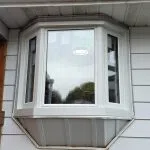
Spinning With Rubik’s Cube Speedcubers
Featured in Ripley's Believe It or Not!

A simple game with over 43 quintillion ways to solve, the Rubik’s Cube has come quite a long way since its early years. Now an art form, a friendly puzzle, and even a competitive sport, there’s not much the Rubik’s can’t do.





